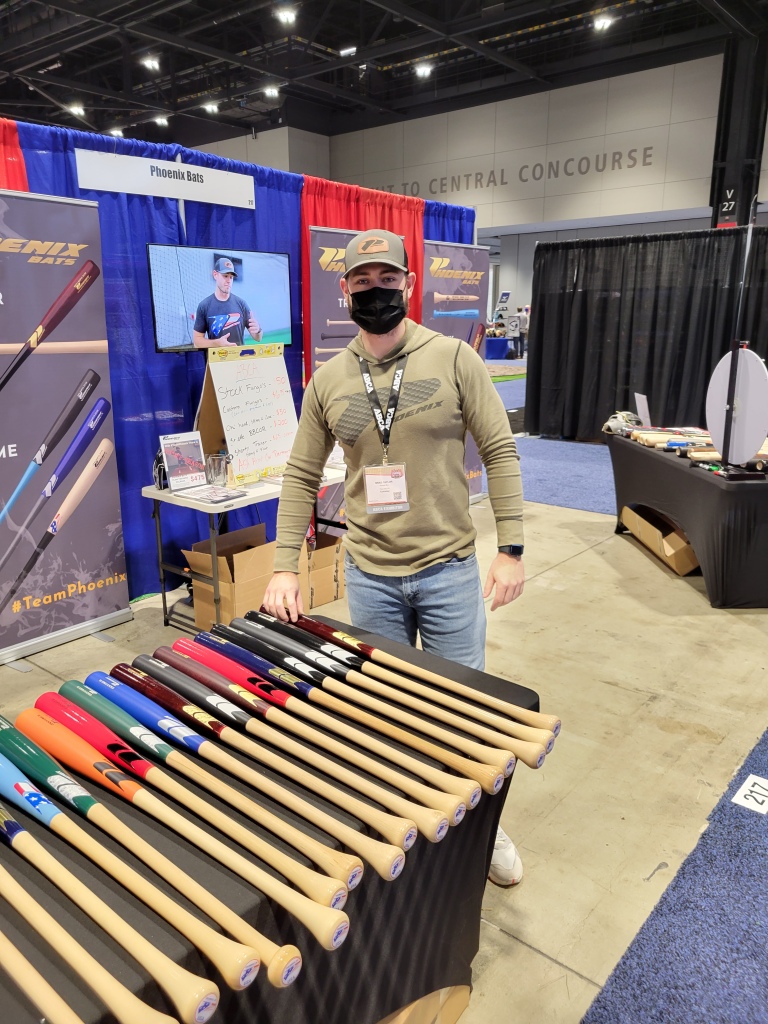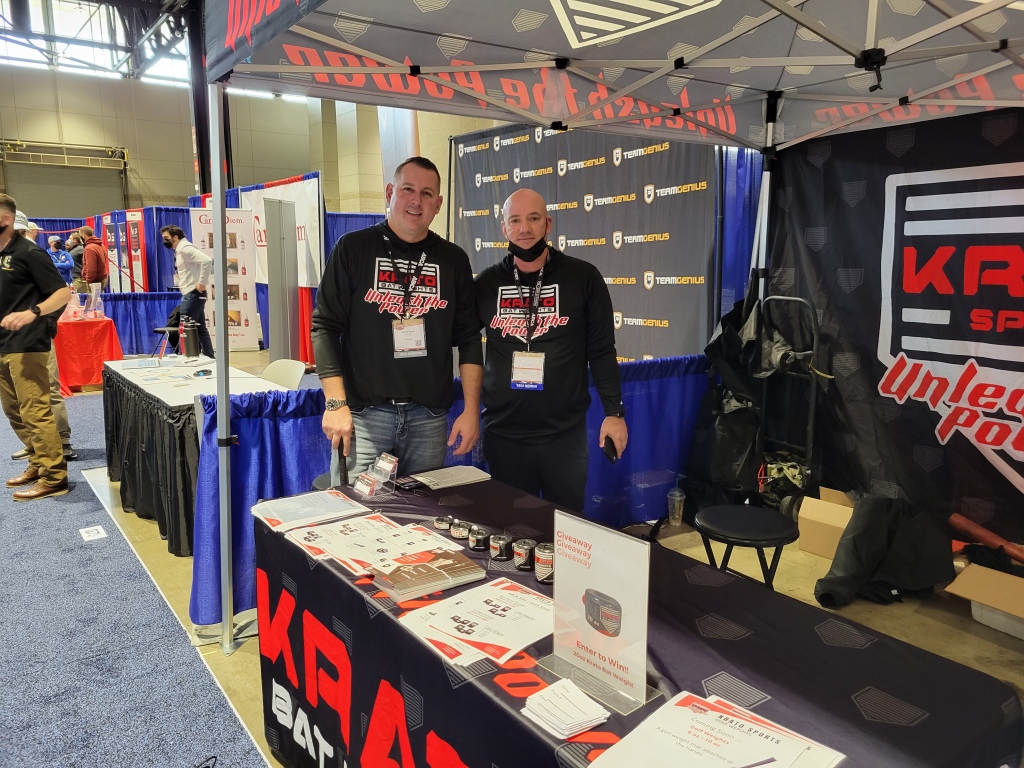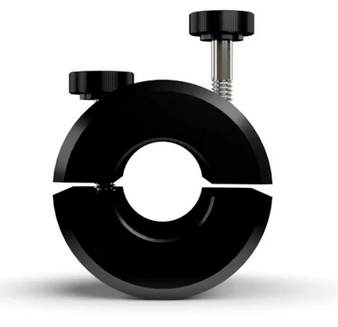Gene told Fred he was going. Fred told Glenn that Gene was going. I set up outside. It was a perfect pitch – just outside and a bit above the waist. I stepped forward and grabbed it. (They tell me my foot was on the plate and the batter would’ve hit me with a swing.) Solid catch. Smooth transfer. Good throw. Gene’s just too darn fast.
On Wednesday, our nine-inning game was the “wood bat game” of the week. That doesn’t affect me as a hitter because I’m always swinging lumber from Phoenix Bats. It does affect a lot of other players, changing those long drives into shallow fly balls. Having a single game on Wednesday and letting it be a wood game should allow everyone a little recovery time. After all, the average age this week is 66.
Gene Lee is probably the fastest runner down here at Ponce de Leon spring training. He always goes on the first pitch and doesn’t care if everyone knows it because… it’s next to impossible to throw him out with arms that were in their prime 30-40 years ago. Once he’s on second, he’s in scoring position and he’s always going to try to score. Here’s video from his first scoring attempt, which Steve Liddle asked me to share. Joe Bauer behind the dish.
I’m curious about the consensus, since my opinion is biased. He did this again, later in the game, while I was catching (after the steal in the first paragraph) and it was … so cool! I know I didn’t get him, since the throw was just up the line. I don’t know if it hit him or if I reached the glove out to stop it. One conspiracy theory has Gene grabbing my arm to prevent me from catching it, but if he did, I didn’t notice! Sadly, I don’t seem to have that video.
Over the fall, I spread the word in Asheville about this week of spring training. It worked and I got Joel Huggins to sign up. While Joel hasn’t been able to break the logjam at first (what team that’s over 50 doesn’t have 7 first basemen?), he’s done well in the outfield. Unfortunately, during the outfield specialty sessions on Tuesday, Joel had a fly ball hit his throwing hand before hitting his glove. So, he’s got a badly bruised (if not broken) ring finger on his throwing hand. In batting practice, he said that every time he made contact, it stung so much, he saw stars. There was a play in right field in which he charged the shallow fly ball and it worked out for us – while the ball dropped, Fred was able to scoot back from second and get the runner from second at home. That gave us a runner on first with 1 out and we escaped the inning with a well-timed double-play. When I later made a mistake, Joel reminded me how I needed to let it slide and that everything would work out.
Adrian Rosati started the game on the mound for Stu Clyburn’s team and despite rarely topping 37 mph, he really frustrated us. You don’t need to throw hard down here. You just need to throw strikes. He walked me and I got the first of my two steals on the day. (Yes, my legs are reminding me that catchers shouldn’t steal, especially mid-week.) The score teetered back and forth a little, settling to 7-6 in the late innings, when there is no run limit.
Doug Milman has been a godsend for us in the field. He and John Gardner have split innings at shortstop and I believe there might only have been one error there. Their fielding and throwing has been awesome. We don’t always end up with the out at first, but that’s Ponce baseball for ya. One time during this game, Doug was out in centerfield and he looked out of position to me. I waved him in the direction I wanted, but I didn’t need to. Doug coaches baseball and he moves like a gazelle. So, where he lines up in the outfield is guided by experience and understanding of the game, aided by his ability to get to most anything.
With Gene’s speed, we knew we were at risk once he reached base. As noted above, he stole second despite our best efforts. So, when the next batter hit the ball, Gene got on his horse and motored around third.
I lined myself up in front of home plate, giving him a path to the plate and I saw that look in his eye. The ball was coming in and I thought we had him… but the ball was just behind him and he was safe. I tagged him after I picked up the ball, then threw to second to try preventing the extra base. Unfortunately, we didn’t get that out. It was such a thrilling play, I enjoyed it despite the outcome. I love this game!
The score finished at 9-6 because we just couldn’t find a run late in the game.
I think I’m 6 for 16, with a few RBIs and two steals. I’ll have to look at the score sheets today to get a better handle. It doesn’t matter much how I hit if I can be consistent behind the plate. This week has been huge in getting comfortable back there and I know I’ll be able to handle catching regularly now. Also, it doesn’t matter because this is so much fun regardless of the outcome.


